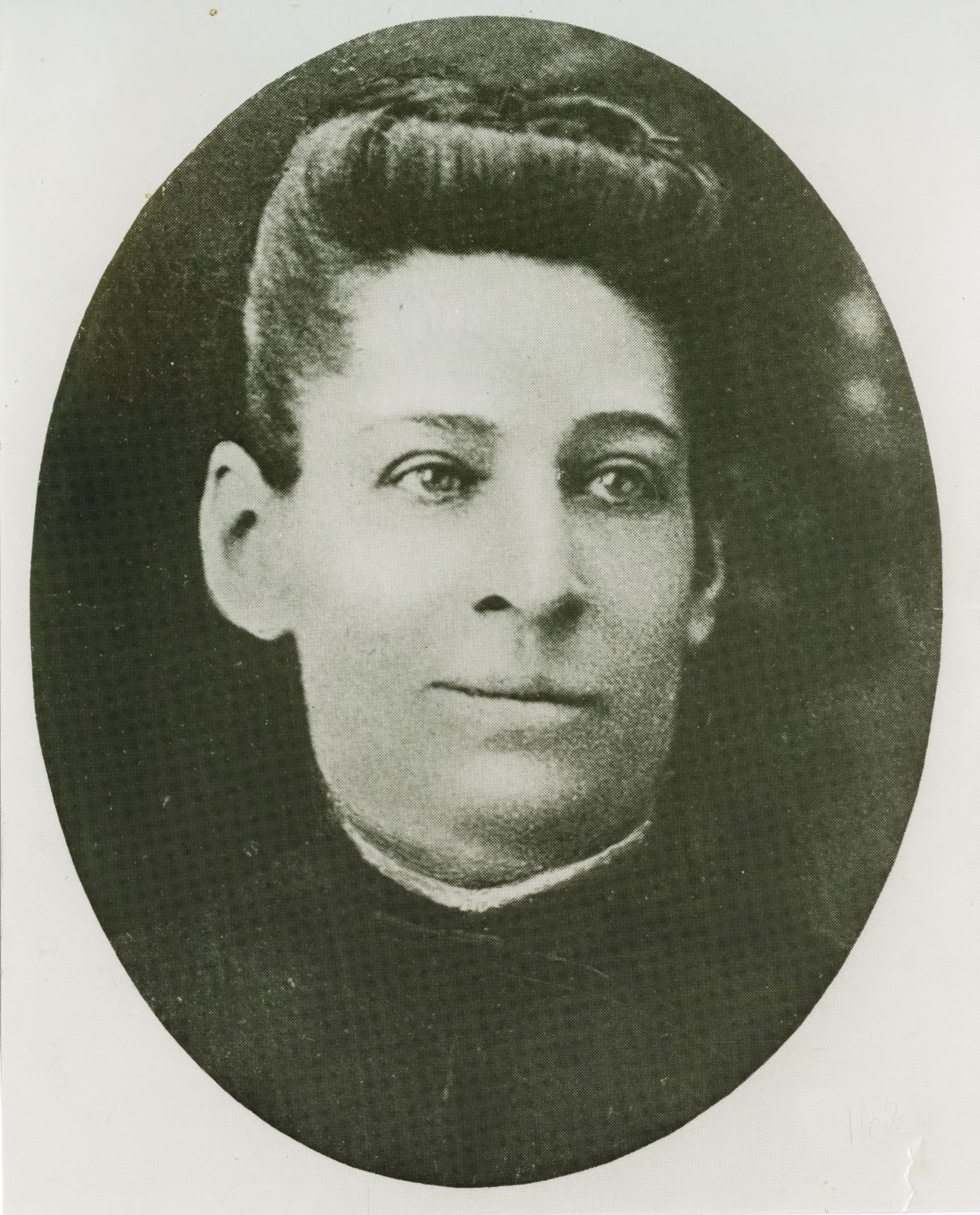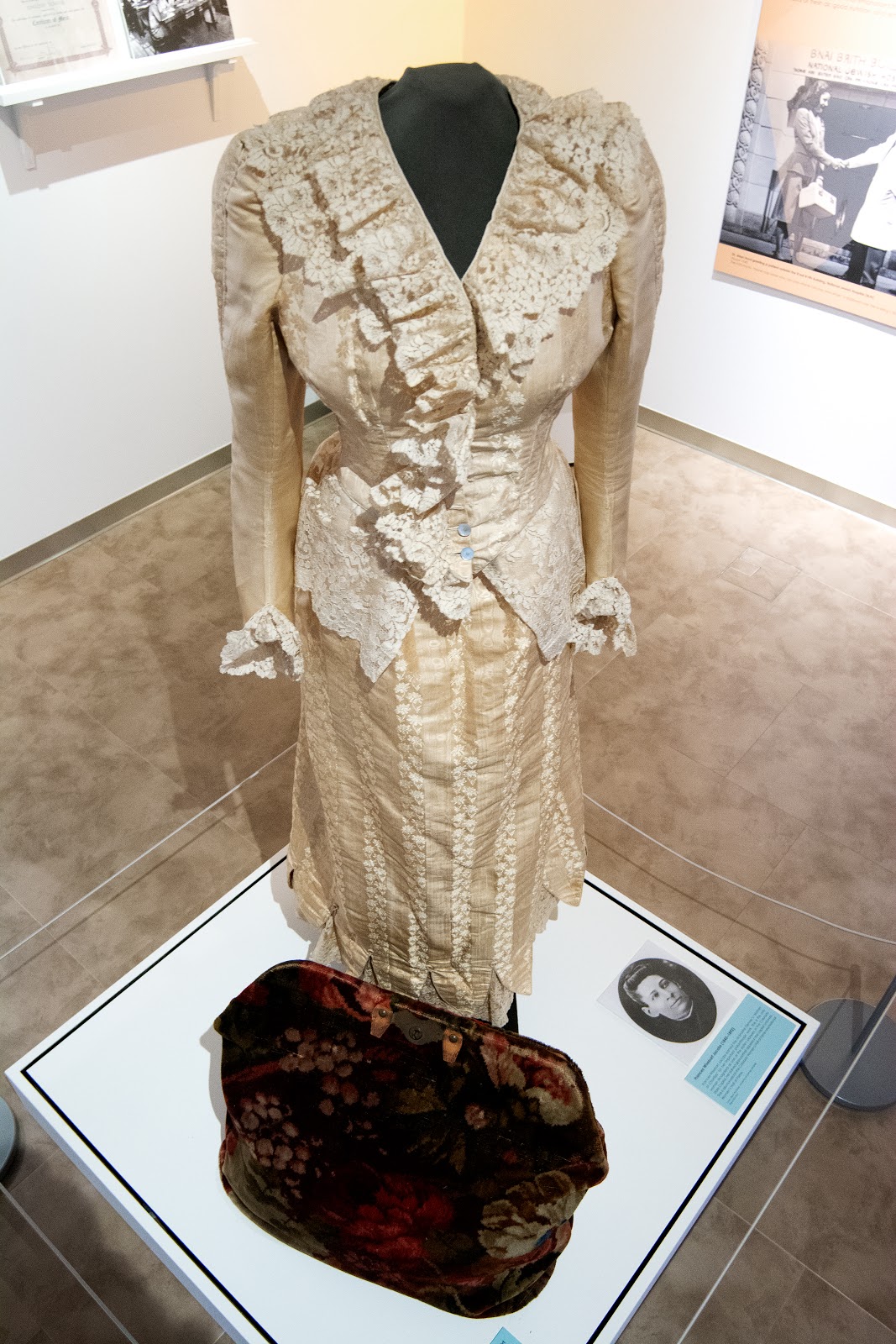Story
Frances Wisebart Jacobs and National Jewish Hospital
From Tuberculosis to COVID-19
As Coloradans shelter in place and work to find a new normal in this time of uncertainty, our mission at History Colorado is now more important than ever: to create a better future for Colorado by inspiring wonder in our past. What can we learn from past public health crises to help us cope with our current one?
This isn’t the first time the United States has faced a pandemic. We’ve seen the COVID-19/Spanish Flu comparison time and again, but if we go back a little farther into the 1800s the United States found itself confronting another great health challenge: tuberculosis.
At the History Colorado Center, the exhibit A Legacy of Healing, largely about the tuberculosis pandemic, opened in November in our new Ballantine Gallery. Guest curator Dr. Jeanne Abrams, director of the Rocky Mountain Jewish Historical Society and Beck Archives at the University of Denver, shared her knowledge about tuberculosis and the growth of Jewish health care institutions to battle the disease. In an odd twist of fate, that exhibit has been closed a little early—due, of course, to the COVID-19 outbreak.
Tuberculosis (TB), or consumption, was the leading cause of death in the United States during the late 1800s and early 1900s. Similar to COVID-19, TB in its most common form is a respiratory infectious disease spread from one person to another by tiny droplets expelled by coughing and sneezing. Historians estimate that 110,000 Americans died yearly from TB. Long before a cure was in sight, doctors prescribed a healthy diet, rest, and fresh air to combat the disease. Colorado saw an opportunity to take advantage of its abundant sunshine and dry climate, and began marketing itself as a health resort. By 1890, about 30,000 people arrived every year looking for a cure.
While the demand for suitable accommodations for tuberculosis patients increased, many patients still lacked access to basic lodging and proper medical care. Recognizing a need in the community, Frances Wisebart Jacobs started searching for a solution.

Portrait of Frances Wisebart Jacobs.
Born in Harrodsburg, Kentucky, in 1843, Jacobs moved to Colorado with her husband and brother in 1863 in search of new opportunities. Known as Denver’s “Mother of Charities,” Jacobs was an advocate for the less fortunate, often seen carrying her carpet bag filled with food and soap to hand out to people on the street. During her time in Denver, she helped establish a free kindergarten, the Hebrew Benevolent Ladies Aid Society, and the Denver Charity Organization Society, the forerunner of the national United Way.

Frances Wisebart Jacobs dress on exhibit in the Ballantine gallery’s inaugural exhibit, “A Legacy of Healing”.
In order to address the growing concern of infected people coming to Colorado, Jacobs partnered with Rabbi William S. Friedman of Congregation Emanuel to launch a fundraising campaign for a new hospital to care for those suffering from TB. Sadly, just a month after construction began, Jacobs fell ill with pneumonia. She died in November of 1892 at the age of 49. Completed in 1893, the hospital—named in Jacobs’ honor—sat vacant due to financial challenges until 1899. With assistance from the International Order of B’nai B’rith, a Jewish-led service organization, it reopened as the National Jewish Hospital for Consumptives. It was the first facility in Colorado to treat impoverished tuberculosis patients free of charge and touted the motto, “None may enter who can pay—None can pay who enter.”
Jacobs was inducted into the Colorado Women's Hall of Fame in 1987 and the National Women’s Hall of Fame in 1994. She is also one of only sixteen Coloradans memorialized in the Colorado State Capitol’s stained-glass rotunda. A bronze statue sits in the lobby of the National Jewish Medical and Research Center with her carpet bag of medicines and soaps.

Graphic from National Jewish Hospital of Consumptives (now National Jewish Health) illustrating the spread of patients cared for at the hospital.
National Jewish Hospital went on to treat thousands of TB patients from around the country. It created the first self-contained facility for treating children with TB, and started the nation’s largest and most advanced program for the study and treatment of TB. Clinical studies held on-site were crucial to the development of the first effective antibiotics for treating the disease.
Today, National Jewish Health is a world leader in treating respiratory illness—including COVID-19. On March 23, the hospital issued a press release stating that it has developed a COVID-19 diagnostic test and has established an Acute Respiratory Clinic for suspected and confirmed COVID-19 patients. In addition, research teams are leading three clinical trials to test the effectiveness of different medications for treatment, as well as studying the effects of the disease on patients with asthma, COPD, youths who are vaping, and patients with Acute Respiratory Distress Syndrome.
Like so many health care providers and first responders who are at the front lines of today’s pandemic, the center launched in Frances Wisebart Jacobs’ name is working to bring much-needed testing directly to a community in need.
